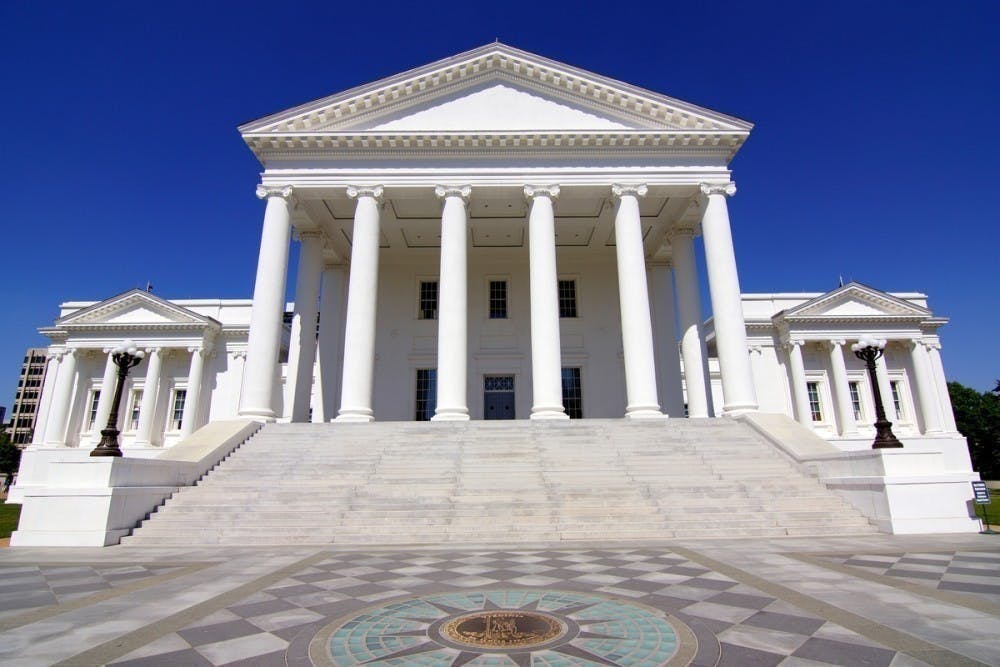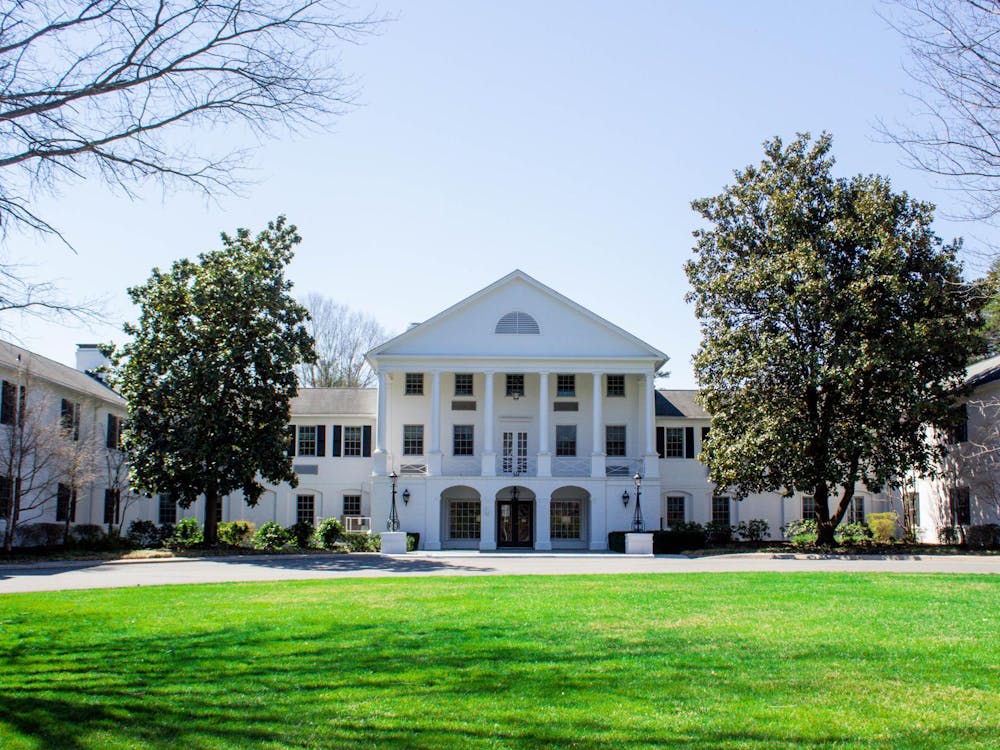On Feb. 14, 2018, students and parents across the country turned on their televisions only to find that yet another “Columbine-style” school shooting had occurred in Parkland, Fla. — claiming the lives of 17 students and wounding an additional 17. Parkland, however, was only the latest in a string of tragedies. Since Columbine, the U.S. has experienced 11 school shootings in which at least four people died, or mass shootings. As a result, safety has come to the forefront of the debate over education, as schools today constantly look for new ways to protect their students. Most Virginia legislators and school district administrators, however, overlook the most fundamental procedure associated with school shootings — lockdown drills.
Under the status quo, the Commonwealth of Virginia requires K-12 school districts to conduct lockdown drills at least twice per school year but gives school districts unrestricted latitude to determine the scope and nature of each drill. As a result, many primary and secondary schools seek to merely comply with state law rather than pursue legitimate safety measures. And, at the University, lockdown drills cease to exist entirely.
For many school districts, lockdown drills consist of simply locking internal and external doors, shutting off the lights and huddling all persons in the classroom in a corner. These so-called “drills” fail to account for situations where an active shooter arrives during a lunch period or breaks down a classroom door. In short, they neglect reality and fail to create an environment comparable to a real emergency. Additionally, these drills lack depth and are inconsistent with modern research. To protect student safety, the Virginia General Assembly must update its minimum requirements for lockdown drills to reflect modern standards — expanding these to public institutions of higher education such as the University — and look to truly prepare students for real-life emergency situations.
Students and faculty stand to benefit from the application of drill requirements to public higher education institutions. In fact, the deadliest school shooting in U.S. history occurred at a Virginia institution of higher learning — Virginia Tech. Without adequate procedure or preparation, 32 students were left dead. Although university administrators argue that lockdown drills would be logistically difficult to implement, universities maintain the responsibility to adequately prepare their students in emergency situations. Lockdown drills typically last between five to 10 minutes and would not require additional days to be built into the academic calendar. While drills may disrupt class time on infrequent occasions, they are a necessary sacrifice to adequately provide for the safety of our students.
In order to create more reliable drills, Virginia legislators should act upon the Department of Homeland Security’s recommendations for a Run-Hide-Fight model in response to an active shooter. A system that prepares students for multiple scenarios with active responses is likely to yield better results as active shooter situations come in many forms, while standard lockdown drills only prepare students for one. Finally, new standards for lockdown drills should stipulate the time of day when said drill would occur. Many school districts opt for convenient but highly unrealistic times to conduct a drill. It is perfectly conceivable that an emergency could occur at inconvenient times of the day when students are scattered throughout the facility, such as during lunch or an activity block. School districts and universities have an obligation to address this reality, adequately preparing their students for every scenario.
Beyond lockdown drills, schools can also promote student safety through the implementation of emergency alert notification systems. In Oklahoma, for example, every public school district has access to a panic button mobile app which allows them to report emergencies from their mobile device. The app serves as an excellent alternative to traditional physical alarm systems, which are expensive and less effective. Currently in Virginia, however, school facilities are not required to have a communications system similar to fire alarms for lockdown situations. Moreover, there is little room in dried-up school budgets for capital-intensive investments on physical infrastructure like alarm systems and bullet proof windows.
In keeping with many of its fellow colleges and universities in Virginia, the University lacks a quick and reliable emergency alert system. The current notification system, which includes delayed alerts broadcasted to students via email, is highly ineffective as alerts often fail to alert students in a timely manner and lack key information regarding the incidents. Going forward, it is clear that the University should explore the implementation of a mobile application emergency notification system which will enable students to quickly report and be notified of emergencies on Grounds.
While the focal point of most debates over school shootings focalize gun reform, legislators often fail to recognize the smaller — but equally important — steps that can be taken in order to optimize student safety. In today’s political climate, gun control legislation is unlikely to gain significant traction in the near future. As a result, legislators must reexamine existing procedures and pass bipartisan legislation to define appropriate and comprehensive emergency response strategies.
Neil Kothari is a Viewpoint Writer for The Cavalier Daily. He can be reached at opinion@cavalierdaily.com.
The opinions expressed in this column are not necessarily those of The Cavalier Daily. Columns represent the views of the authors alone.







